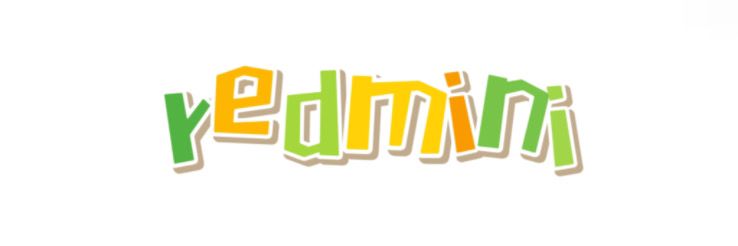How Are Recycled Polypropylene Plastic Pellets Made?
Apr. 01, 2025
Recycling has become a crucial part of our efforts to protect the environment, and one fascinating aspect of this process is the creation of recycled polypropylene plastic pellets. These small, plastic nuggets serve as the foundation for a variety of products we encounter in our daily lives. Understanding how these pellets are made not only underscores the importance of recycling but also highlights the potential of repurposing materials we may take for granted.
Want more information on recycled polypropylene plastic pellets? Feel free to contact us.
What is Polypropylene?
Polypropylene is a versatile plastic widely used in packaging, automotive parts, textiles, and much more. It is popular for its durability, lightweight nature, and resistance to moisture and chemicals. However, the increase in plastic consumption has led to significant waste issues, prompting the need for efficient recycling methods.
The Recycling Process
So, how are recycled polypropylene plastic pellets made? The process can be broken down into several key steps:
1. Collection and Sorting
The recycling journey begins with the collection of polypropylene waste. This may include items like yogurt containers, plastic straws, and automotive parts. Once collected, the materials are transported to a recycling facility where they are sorted. This step is crucial because it ensures that only clean, non-contaminated polypropylene goes into the recycling process. Sorting is often done manually, but advanced facilities also use technology like conveyor belts and optical scanners to separate materials quickly and accurately.
2. Cleaning the Material
Next, the sorted polypropylene waste undergoes a thorough cleaning process. This stage involves removing any labels, dirt, and residues that could affect the quality of the final product. High-pressure washing systems are commonly employed to ensure that all contaminants are eliminated. Clean materials are essential for producing high-quality recycled polypropylene plastic pellets.
3. Shredding
After cleaning, the polypropylene is shredded into smaller pieces, making it easier to process. This step increases the surface area of the plastic, preparing it for the next phase. The size of the shreds can vary but is typically no larger than a few centimeters. This consistency helps with melting and further processing.
4. Melting and Extrusion
The shredded polypropylene is then fed into an extruder, where it is heated and melted down. At this stage, additives may be introduced to enhance the properties of the plastic, such as color or UV resistance. The melted material is pushed through a die, forming long strands of plastic that are continuously cooled.
5. Pelletizing
The long strands of cooled plastic are then cut into uniform sizes, creating recyclable polypropylene plastic pellets. These small pellets are lightweight, easy to store, and ready to be transported to manufacturers for new product creation. Not only is this process efficient, but it also conserves energy and resources compared to producing virgin plastic.
Benefits of Using Recycled Polypropylene Plastic Pellets
Utilizing recycled polypropylene plastic pellets is an environmentally friendly choice. Here are a few key benefits:
- Reduced Waste: By recycling polypropylene, we reduce the amount of plastic waste ending up in landfills.
- Conservation of Resources: Recycling saves raw materials and energy, leading to a lower environmental impact.
- Versatile Applications: These pellets can be used to make various products, from containers and packaging to automotive components and textiles.
The Future of Recycled Polypropylene Plastic Pellets
The demand for recycled materials is on the rise as more companies become eco-conscious. The production of recycled polypropylene plastic pellets is not just a way to manage waste; it's an opportunity to create a sustainable cycle of producing and consuming plastics. By supporting brands that prioritize the use of recycled materials, consumers can make a positive impact.
Conclusion
Understanding how recycled polypropylene plastic pellets are made highlights the importance of recycling in our modern world. By starting with the collection of polypropylene waste and following through the steps of sorting, cleaning, shredding, melting, and pelletizing, we can turn waste into valuable resources.
If you want to contribute to a more sustainable future, consider incorporating more recycled products into your life. Every small change helps! Share your thoughts in the comments below, and let’s discuss how we can all do our part in recycling efforts.
Are you interested in learning more about Plastic Recycling Reduction Strategies? Contact us today to secure an expert consultation!
6
0
0
Previous: None

Comments
All Comments (0)